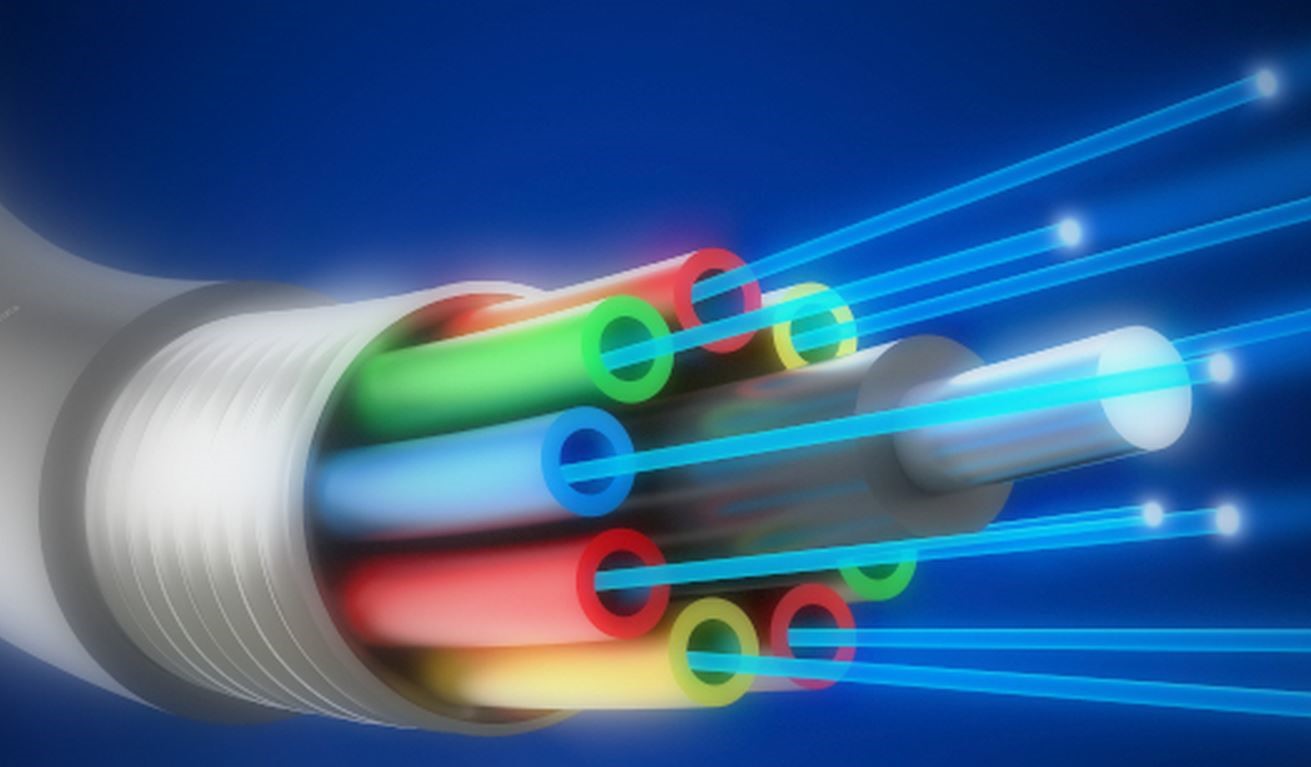Researchers on the West Coast of America have overcome their bottlenecked internet by devising a new way of networking using ultrahigh-speed fibre optical cables. This high-speed network mesh will cover the areas uni’ campuses and other scientific labs. The project itself is named as the ‘Pacific Research Platform’ and is funded by the National Science Foundation.
This fibre optic network will allow the staggering figure of 100 gigabits per second across 10 University of California campuses and 10 other state uni’s/research institutions.
Now for those that don’t quite grasp how large an achievement this is I shall explain. Google fibre allows about 1Gbps, and, in contrast, I get approximately 100 Mbps transfer speeds on my own connection at home. If you couple these two facts together their achievement is quite staggering.
The network is not just staggeringly quick but secure as well; it has hardware security built into the system ensuring safety whilst being connected to the internet.
If you do some research you will see some network speeds out there on the interweb of up to 10 Gbps overall capacity. These seem high as well but generally, internet connections are rated at higher data speeds, whereas, unfortunately, most of the time the real transfer rate is a fraction of this total capacity.
The real point behind them deciding to create this heavenly network is the massive benefit where large scientific projects are concerned. Laboratories such as CERN’s Large Hadron Collider can keep and maintain their important data at various locations yet still retrieve them in the blink of an eye.
As with the internet in its original offering; it is not yet ready for public access but watch this space. The patience of the internet is sadly lacking and this will be a very welcome upgrade!

